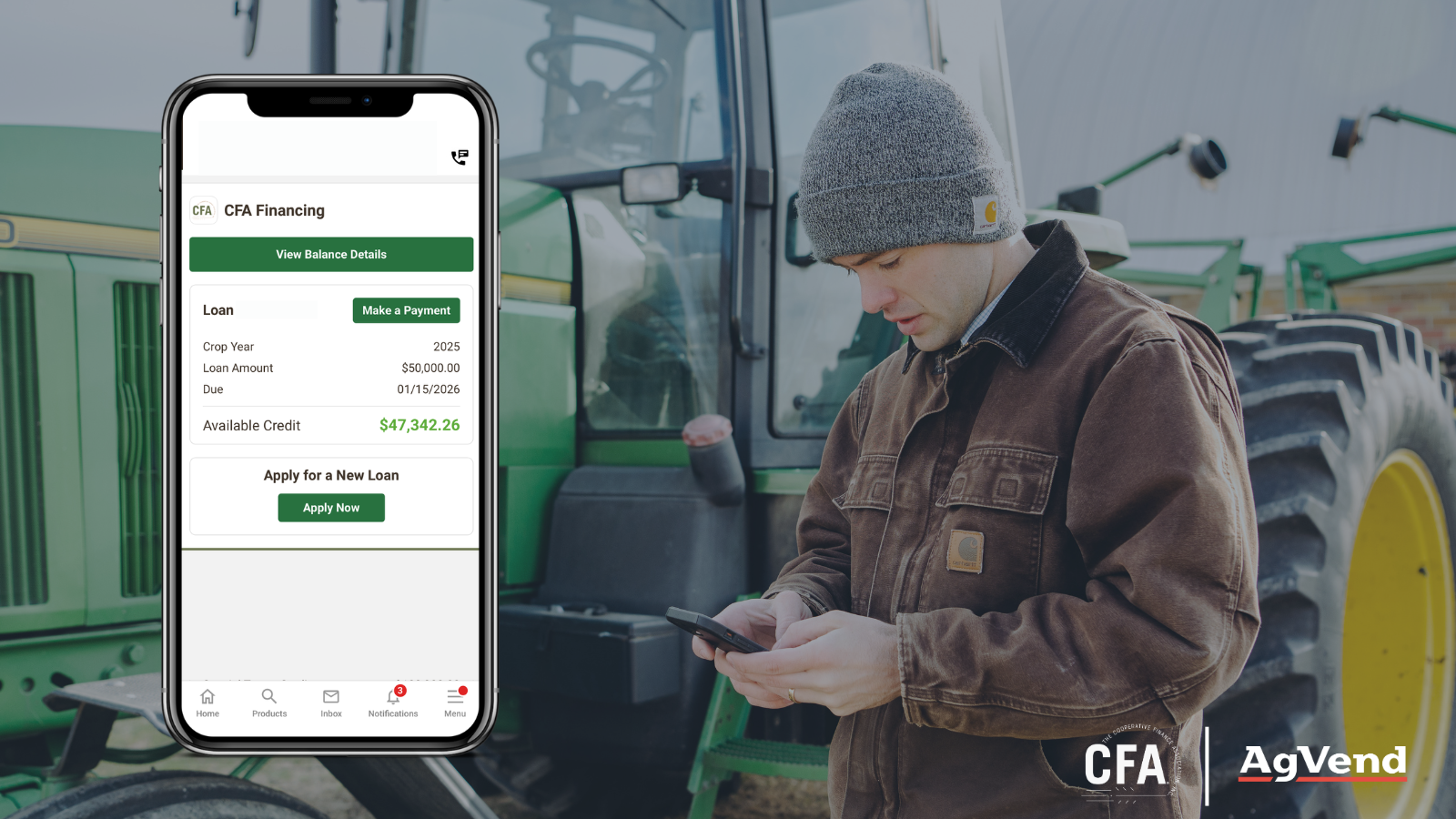
- March 9, 2023
Digital Enablement: Overcoming Labor Constraints by Enabling the Amazing People You Already Have
 This article was originally featured in The Scoop as part of a series: Digital Enablement.
This article was originally featured in The Scoop as part of a series: Digital Enablement.
Labor constraints are a problem and it’s getting in the way of how effectively retailers can serve their customers. Especially for ag retailers in rural areas of the United States where it’s already difficult to attract talent. And, it really comes down to three challenges:
-
1. Ag is complex: Crop inputs, grain marketing, and industry tech advancements are ever changing and staying informed can get in the way of servicing customers.
2. Growers are more sophisticated: They are comfortable with technology. More than 20% of growers consider themselves “tech-savvy” and this segment is growing. Being unable to meet expectations that merge digital and in-person experiences jeopardizes loyalty.
3. Complicated systems aren’t adopted: There are increasingly more digital ag solutions. While most tout efficiency, many are not intuitive and just add complexity: more logins, more double entry, and more digital disconnectedness. All of that equates to lower adoption rates.
Delivering value to customers and differentiating from the competition requires good technology solutions that amplify your people. Solutions that maximize their talent and ultimately give them more time back to increase their book of business and deliver differentiated, value-added touchpoints to your customers.
Unlocking labor constraints with a “system of action”
Overcoming labor constraints and driving growth doesn’t necessarily require more people. And, enhancing teams isn’t always about using technology for the sake of using technology. It all comes down to identifying what digital tools are right for the business. Because there is no one-size-fits-all solution in ag.This is where digital enablement solutions come in. They are “systems of action” that connect the varied systems of record to create a single view of one’s customer and overall business that can then be actioned upon.
Technology that reduces complexity
Many agtech solutions create more challenges than benefits. Instead of simplifying the lives of sales agronomists and growers, users have to hunt for the information they need. Systems don’t talk to each other–data is disconnected.For example, when team members have multiple logins for the tools they need and half of those are for rigid databases that are not optimized for mobile, it looks a bit like this:
There is API connectivity between multiple systems, but the process to enter an order still involves a spreadsheet and texting someone back at the office
Workflows don’t carry over across software systems, so employees are double- or triple-entering information Management teams can’t monitor sales progress in real-time
Customers have to call advisors because they need help remembering which inputs they used last year
With digital enablement, teams have the customer information they need, right at their fingertips. They can easily send individualized text and email alerts with timely updates when new products and programs are available. They can see historical sales bookings, inventory, crop plans, credit availability, grain transactions, and manufacturer program tracking all from their phone or laptop–and all from within the same system.
Technology that drives better user experiences
Consider the below graph. Customer expectations aren’t a linear line that companies and technology will someday meet. Their expectations are ever-evolving, which means that business tools have to evolve to keep pace–it’s a digital journey with a direction, not a destination.
With a digital enablement solution, sales agronomists can review how many times their customer checked their balance or what product information page they viewed. Your agronomists use that context to be proactively prepared and ready to guide customer decision making–they can set a new standard at the farmgate. And, they can gather those insights right from the phone in their pocket.
Technology that customers and teams want to use
A system of record, like ERPs or agronomic planning tools, and a system of action are not the same, but they are both essential and should work together. Advanced digital enablement solutions connect those core systems of record to make information actionable.With digital enablement solutions, retailers give their teams and customers a tool designed to get work done, fast, and intuitively. They now have systems that are easier to use and generate higher rates of adoption–up to 90% across retailers and customers in some cases.
With simpler, standardized processes and automated workflows, teams can spend time identifying gaps and opportunities to better serve their customers instead of working through the more time-consuming, administrative tasks. Also being mobile-first, people can work when and where they want–from the field or from their kid’s baseball game.
Conclusion
The labor constraints aren’t lessening, but using technology to enable and augment teams can help retailers maximize the amazing people they already have.Digitally enabled retailers set new standards at the farmgate and give customers an easier way to do business with them. It’s not about the latest and greatest technology, it’s about ensuring your teams and customers have a great digital experience. Because putting them first is what makes the company successful. That’s what we call a win-win.


